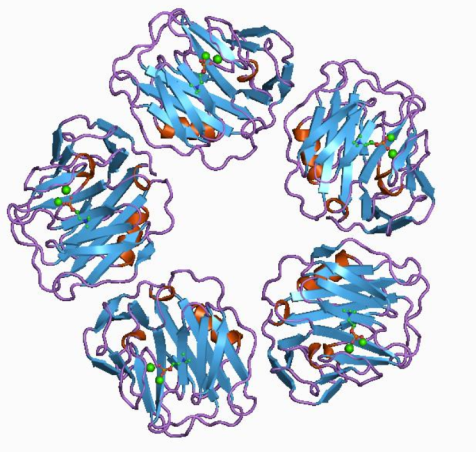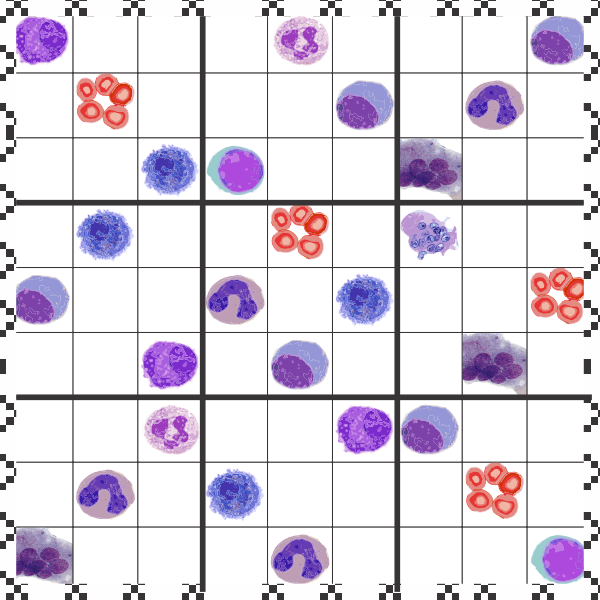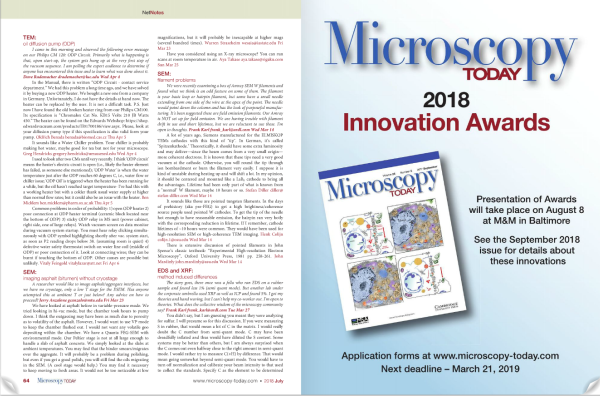Two great types of structures, one nature-made the other man-made. Here is a summary of one such nature-made structure, a fuzzyball, so called, which is a higher order oligomer of surfactant protein D. One such fuzzyball also exists for surfactant protein A, a topic for another graphic next week. So i scoured the literature to find a few diagrams and as many electron micrographs (usually shadow cast or negative staining) images of surfactant protein D as i could find to see whether there was a pattern to the assembly.
Almost the entire literature states that the oligomerization is from monomers>trimers> dodecamers>fuzzyballs (of different orders of oligomerization). I have gathered such images and while the micron markers on all these different publications varies… consensus would estimate the dodecamer, as two trimers, mirrored, one carbohydrate recognition domain to the other, the N terminals in the middle to be about 100nm. So i used this number (outer green circle in all=100nm – whether diagram or micrograph). In some images there was a little hint of something going on in the middle of the molecule so i marked these where see with an orange circle… and estimated with an inner concentric circle where they might lie in the whole molecule. Red dots are over the areas that would be the three different carbohydrate recognition domains (i should have used some three-part circle or similar to aid in the identification.. maybe i will swap this out).
The point here was to see whether there was a pattern (above the monomer, trimer, dodecamer, etc to oligomerization. it seems that a fair statement would be 16 trimers… I counted 15s and 17s, and 16s, so maybe the position of the fuzzyball as it fell to the 2D from its 3D made one or two difficult to differentiate. Of the three diagrams, the most right and the middle right have multiples of four…. the diagram to the center left looks like 10 to me, and probably 12 or 16 would have been more to the point… I credit lots of authors with their images, none of which did i like to the original pdfs… as they were cut pasted, refined, cropped, adjusted for HSL, and features added…. so to me they are more than 10% changed. (LOL).. The fuzziest fuzzyball gave me a count of 26 trimers…. but i bet is really more apt to be 24 or 28. Two images show up twice, second and third rows down – just checking the various counts as repeats. On occasion the original bar markers remain with the images.







 s
s